Burkina Faso: The making of a humanitarian crisis
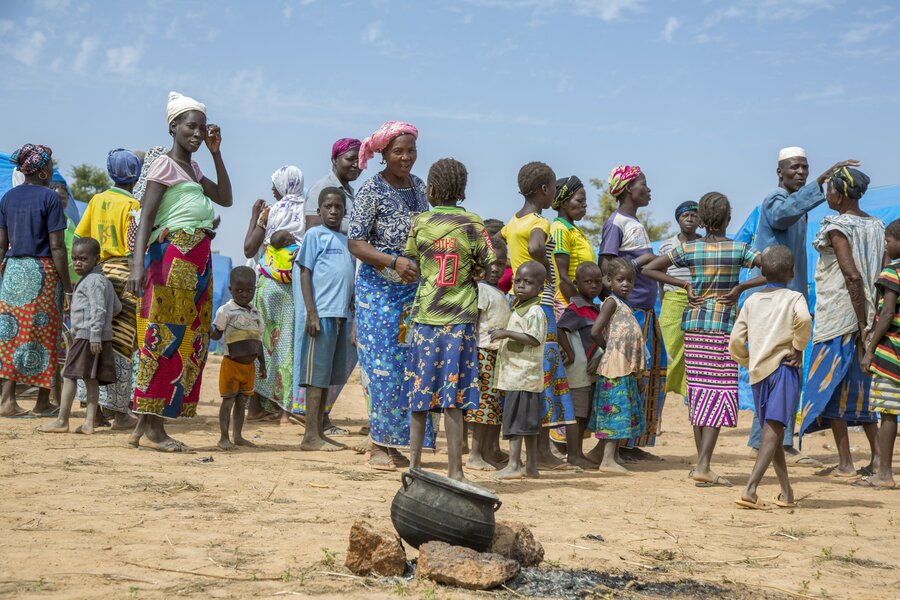
Less than one week before I flew to Burkina Faso in November, with the emergencies team at the World Food Programme (WFP), miners working for a Canadian-owned goldmine were on their way to work when militants ambushed and attacked them, killing 39 and injuring 60.
The incident was a clear example of the violence gripping Burkina Faso all year. Since the start of 2019. It's triggered a 500 percent rise in the number of people who've fled their homes and moved southwards in search for safety —from 87,000 to 650,000 people. A third of Burkina Faso is now a conflict zone.

The rise of militant groups is spurred on by widespread poverty, hunger and malnutrition— 40 percent of the country's population live on less than US$2 a day. Extreme weather has contributed to a reduction in rainfall. Farmlands wither and die, making the country fertile ground for insurgent groups who can easily exploit disenfranchised young men living in poverty.
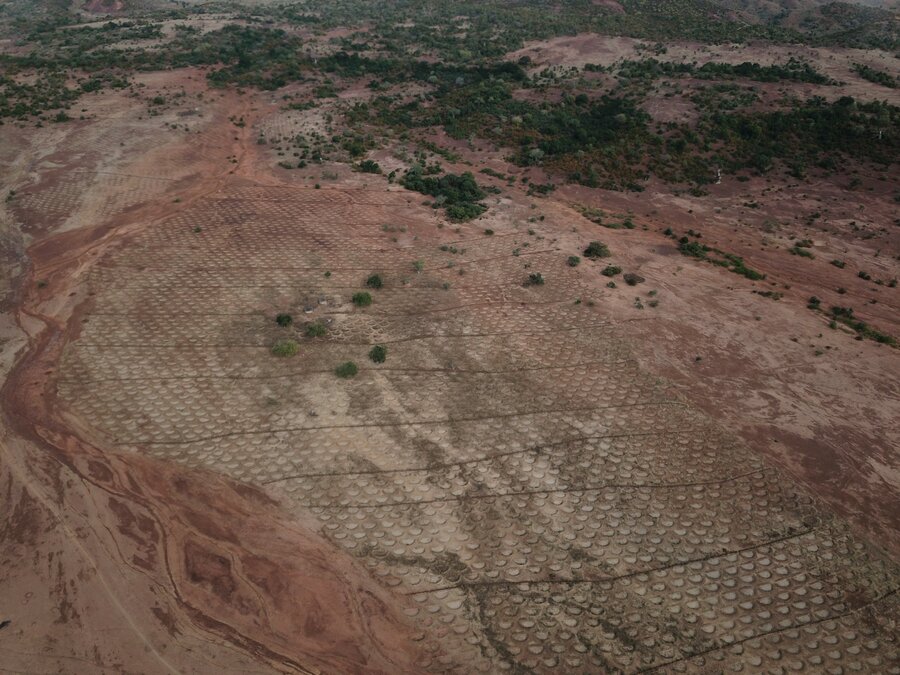
Driving north of the capital, Ouagadougou, to reach Pissila — a town where camps have been built for internally displaced families — we passed through Kaya, a town where a number of newly displaced families had arrived.
Stopping to take a look, we met a group of women wrapped in colourful fabrics which I later found out are made of traditional, handwoven, cotton-based material called dan fani. The contrast was unnerving. Though these women cut beautiful, striking figures, their clothes were caked with the dust from long days of trekking through the desert. Many were carrying very young children and newborn babies.
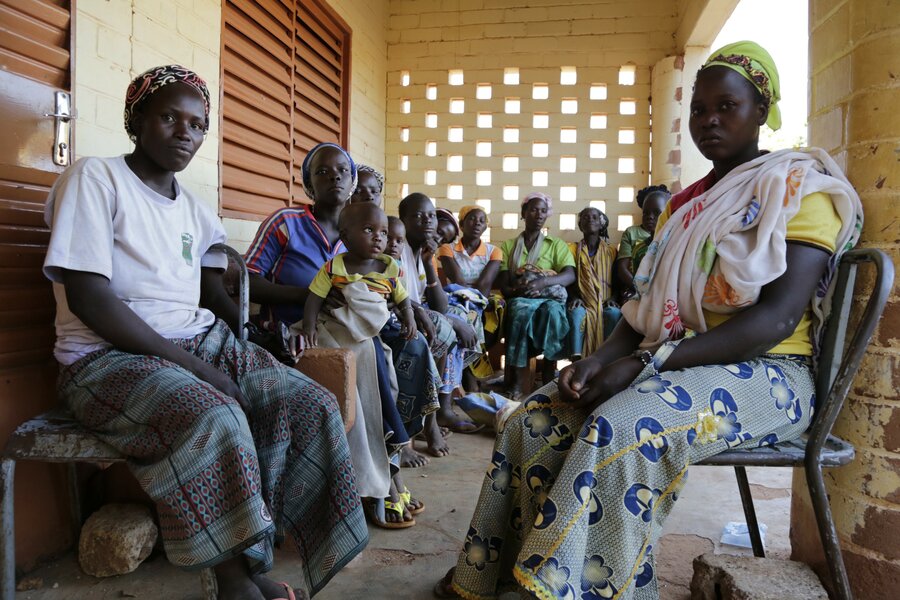
Speaking to WFP, they said they had just arrived in Kaya to stay with either distant relatives or generous strangers who were willing to take them in. They fled after having had their villages raided, homes burned and loved ones killed.
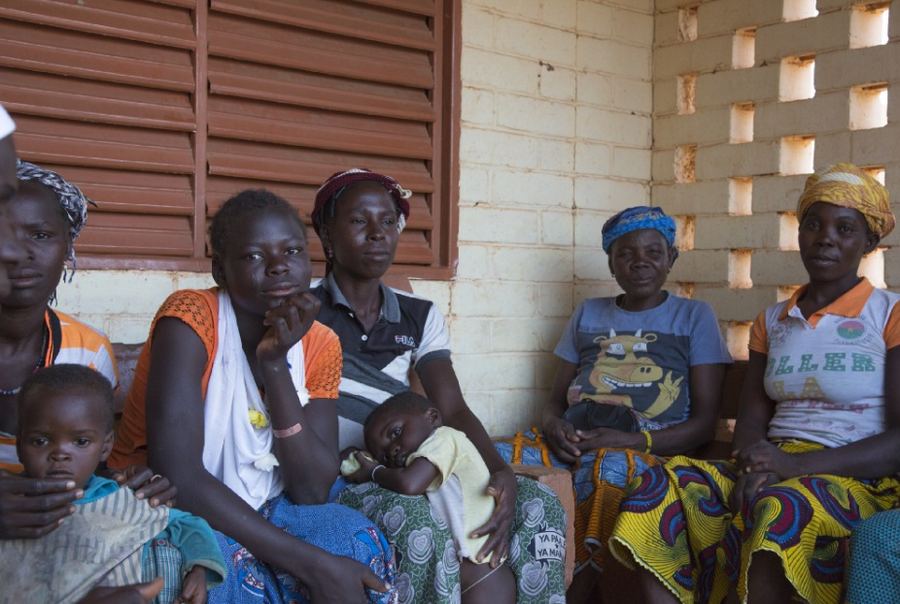
Burkina Faso is not alone in this struggle; its neighbours Mali and Niger are also teetering on the brink of disaster as armed conflict, following years of chronic poverty and climate change, continues to displace hundreds of thousands of people, leaving 2.4 million across Africa's Sahel region food-insecure.
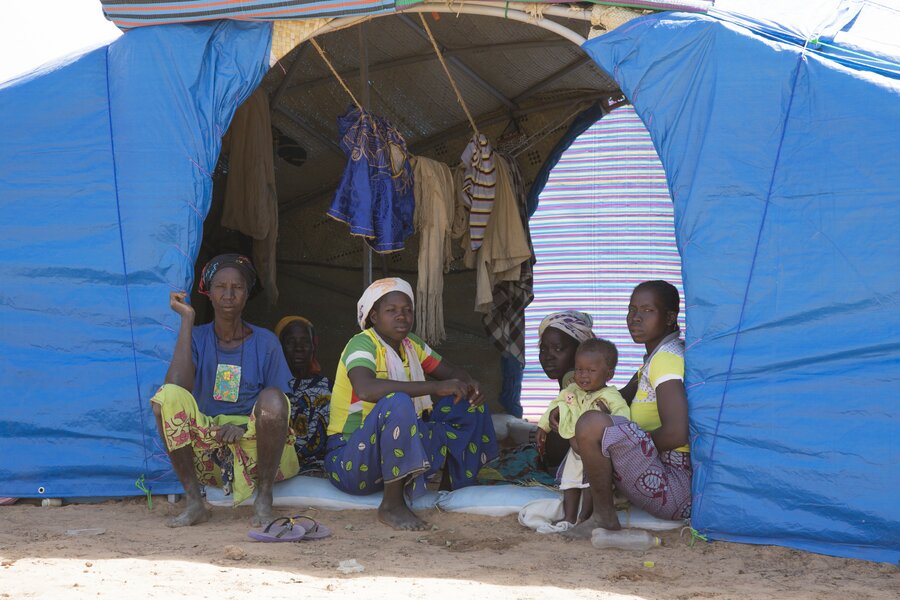
The women were keen to stress that their main concern was securing food to feed their children. WFP has been providing immediate food and nutritional assistance to people in Burkina Faso, Mali and Niger, reaching 2.6 million people across the Sahel region of West Africa.
If left unchecked, this crisis threatens to undermine any gains that WFP and the entire humanitarian community have made in Burkina Faso and the Sahel in recent years. In fact, it will threaten the world at large. We may reach a point of no return if the rise in militancy and deterioration in humanitarian conditions are not stemmed.
As we took off from Kaya after speaking to the newly displaced women, I looked in the rearview mirror of our vehicle at the clouds of dust swirling behind us. The dust thickened, fading out the deep, bright colours of the dan-fani-clad women.
